Nur Glycolic Acid Serum – Gentle Exfoliator, Hydrates Dry Skin, Treats Acne, Lightens Skin, Fade Wrinkles & Hyperpigmentation
- Regular price
- Rs. 999
- Regular price
-
- Sale price
- Rs. 999
- Unit price
- per
Pay in 3 Installments of
Rs.
383
Prime Fast Delivery
|
Vendor:
Nur By Juggun
10 customers are viewing this product
Couldn't load pickup availability

Vendor: Nur By Juggun
Nur Glycolic Acid Serum – Gentle Exfoliator, Hydrates Dry Skin, Treats Acne, Lightens Skin, Fade Wrinkles & Hyperpigmentation
Rs. 999
Vendor: Nur By Juggun
Nur Glycolic Acid Serum – Gentle Exfoliator, Hydrates Dry Skin, Treats Acne, Lightens Skin, Fade Wrinkles & Hyperpigmentation
Rs. 999
Glycolic acid serums are used for exfoliation, effectively removing the outermost layer of dead cells from the face in order to brighten the skin. Products containing glycolic acid are used often to treat scarring, discoloration, and signs of aging, such as wrinkles or fine lines.
When applied to the skin, glycolic serum works to break the bonds between the outer layer of skin cells, including dead skin cells, and the next skin cell layer. This creates a peeling effect that can make the skin appear smoother and more even. Glycolic serum can also thicken skin by stimulating collagen growth.
BEST FOR TREATING Anti-Aging, Fine Lines and Wrinkles, Dryness, Hyperpigmentation, Brightening, Acne
SKIN TYPES FOR USE Combination, Dry, Normal, and Oily
frackles
✓ Reduces Fine Lines And Wrinkles
Glycolic acid reduces the appearance of fine lines and wrinkles by deeply exfoliating the top layer of skin. This exfoliation accelerates skin cell renewal, and accelerated skin cell renewal both increases collagen production as well as the skin’s natural ability to retain hydration (two keys to preventing and reducing fine lines and wrinkles). Glycolic acid exfoliates by dissolving dead skin cells, and this removal of dead skin cells flattens the skin’s surface. This flattening effect is what makes fine lines and wrinkles less noticeable.
✓ Hydrates Dry Skin
Glycolic acid not only exfoliates, but also hydrates dry skin. Categorized as a humectant, glycolic acid chemically attracts water molecules to itself. This means glycolic acid can replenish the skin with new, yummy moisture.
✓ Brightens And Smooths Complexion
The holy grail of exfoliation, glycolic acid’s little molecules go deep beneath your skin’s surface and break down bonds between dead skin cells. Glycolic acid brings out your fresh, baby skin that’s brighter, smoother, and softer.
✓ Fades Hyperpigmentation
Glycolic acid fades mild hyperpigmentation like dark spots, age spots, freckles, and melasma. Additionally, glycolic acid has been studied as effective treatment of acne scars. How? Hyperpigmentation is darkest on the surface of your skin, and the skin underneath is less pigmented. Glycolic acid exfoliates and removes darker dead skin cells from your skin’s surface revealing a fresh layer of skin with a more even skin tone. With consistent use, this process effectively fades hyperpigmentation.
✓ Fights Acne
Glycolic acid fights acne by exfoliating dead skin cells that often clog pores and trigger breakouts. Glycolic acid is a keratolytic meaning it has the ability to break apart dead skin cells on the skin’s surface and open any clogged pores.
Active Ingredients
Glycolic acid: Glycolic acid is a skin care ingredient that is both an alpha hydroxy acid (AHA) and humectant and is widely used for anti-aging, hyperpigmentation, dryness, and acne. Considered the golden standard of AHAs, glycolic acid is a keratolytic meaning it exfoliates dead skin cells from the skin’s surface.
Sodium hyaluronate: Sodium hyaluronate is hydrophilic, meaning it easily mixes with water. When applied topically, it attracts moisture in skin cells. This reduces dryness and flaking by increasing skin hydration. Compared to high molecular weight HA, sodium hyaluronate can provide a greater hydrating effect.
Propylene glycol: Propylene glycol works in skin care products as both a humectant and a conditioner. Basically, it helps you achieve two things you really want for your skin: Hydration and smoothness. It can be an especially helpful ingredient if you’re constantly battling dryness, flaking, or gnarly rough texture.
key words
nur by juggun
|
Glycolic serum should always be applied in the evening, as it makes your skin sensitive to sunlight
|
|
Applying it at night gives ample time for it to do its magic without a higher risk or damaging your skin in the sun
|
|
But you should still always apply an SPF moisturizer in the morning
|
Glycolic acid |
Sodium hyaluronate |
Propylene glycol |
Related Products
Mama's Jan
Example product title
- Regular price
- Rs. 999
- Regular price
-
- Sale price
- Rs. 999
- Unit price
- per
Mama's Jan
Example product title
- Regular price
- Rs. 999
- Regular price
-
- Sale price
- Rs. 999
- Unit price
- per
Mama's Jan
Example product title
- Regular price
- Rs. 999
- Regular price
-
- Sale price
- Rs. 999
- Unit price
- per
Mama's Jan
Example product title
- Regular price
- Rs. 999
- Regular price
-
- Sale price
- Rs. 999
- Unit price
- per
Mama's Jan
Example product title
- Regular price
- Rs. 999
- Regular price
-
- Sale price
- Rs. 999
- Unit price
- per
Mama's Jan
Example product title
- Regular price
- Rs. 999
- Regular price
-
- Sale price
- Rs. 999
- Unit price
- per
Mama's Jan
Example product title
- Regular price
- Rs. 999
- Regular price
-
- Sale price
- Rs. 999
- Unit price
- per
Mama's Jan
Example product title
- Regular price
- Rs. 999
- Regular price
-
- Sale price
- Rs. 999
- Unit price
- per
Mama's Jan
Example product title
- Regular price
- Rs. 999
- Regular price
-
- Sale price
- Rs. 999
- Unit price
- per
Mama's Jan
Example product title
- Regular price
- Rs. 999
- Regular price
-
- Sale price
- Rs. 999
- Unit price
- per
Recently Viewed Products
Mama's Jan
Example product title
- Regular price
- Rs. 999
- Regular price
-
- Sale price
- Rs. 999
- Unit price
- per
Mama's Jan
Example product title
- Regular price
- Rs. 999
- Regular price
-
- Sale price
- Rs. 999
- Unit price
- per
Mama's Jan
Example product title
- Regular price
- Rs. 999
- Regular price
-
- Sale price
- Rs. 999
- Unit price
- per
Mama's Jan
Example product title
- Regular price
- Rs. 999
- Regular price
-
- Sale price
- Rs. 999
- Unit price
- per
Mama's Jan
Example product title
- Regular price
- Rs. 999
- Regular price
-
- Sale price
- Rs. 999
- Unit price
- per
Mama's Jan
Example product title
- Regular price
- Rs. 999
- Regular price
-
- Sale price
- Rs. 999
- Unit price
- per
Mama's Jan
Example product title
- Regular price
- Rs. 999
- Regular price
-
- Sale price
- Rs. 999
- Unit price
- per
Mama's Jan
Example product title
- Regular price
- Rs. 999
- Regular price
-
- Sale price
- Rs. 999
- Unit price
- per
Mama's Jan
Example product title
- Regular price
- Rs. 999
- Regular price
-
- Sale price
- Rs. 999
- Unit price
- per
Mama's Jan
Example product title
- Regular price
- Rs. 999
- Regular price
-
- Sale price
- Rs. 999
- Unit price
- per
- Choosing a selection results in a full page refresh.
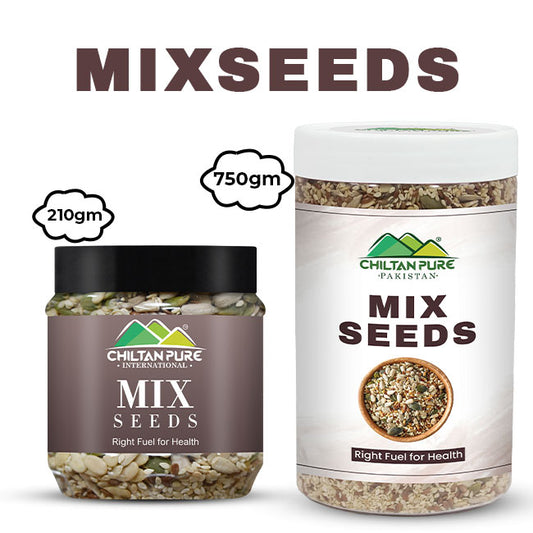


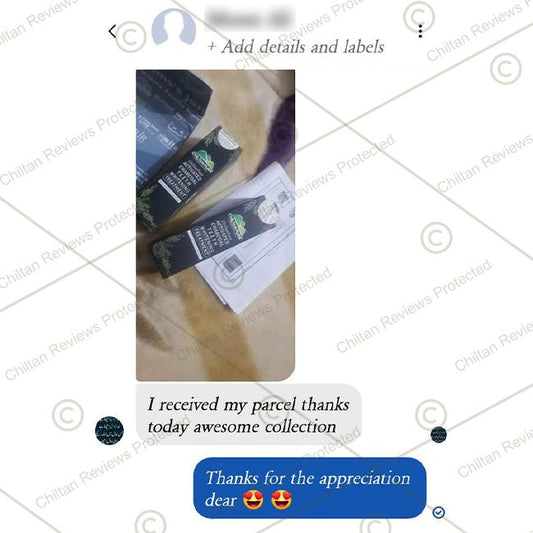
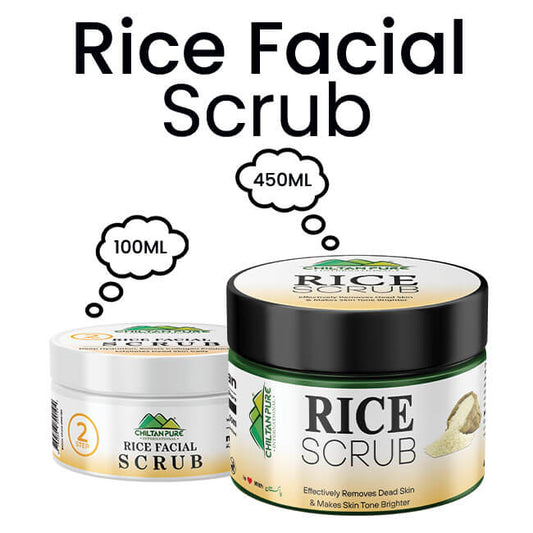
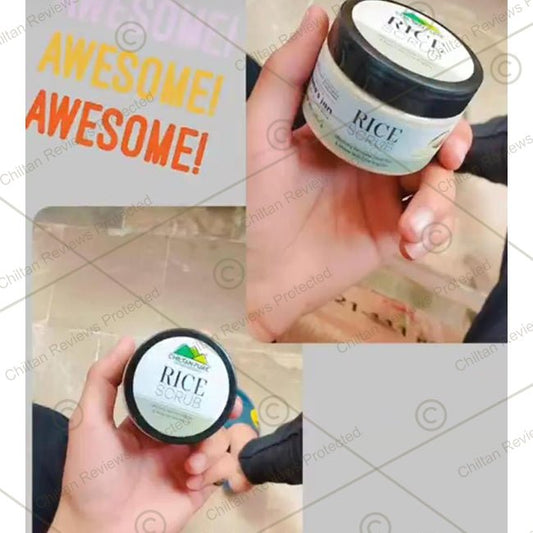
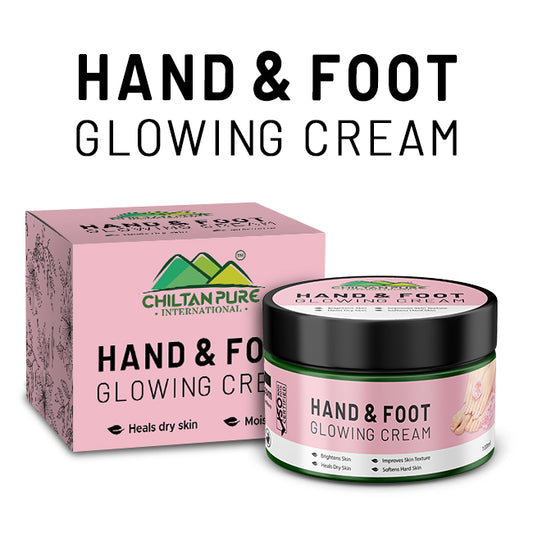

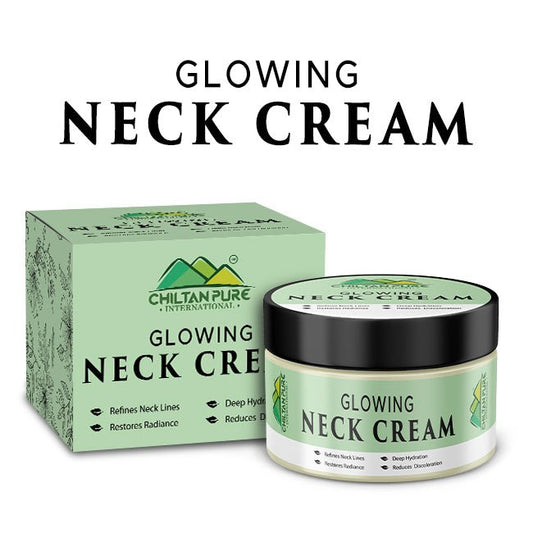
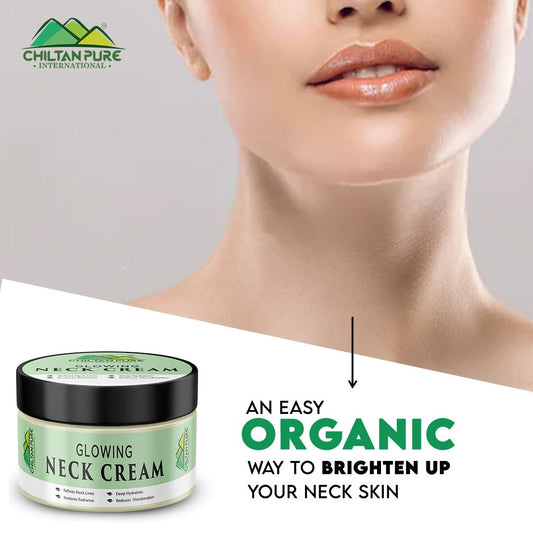
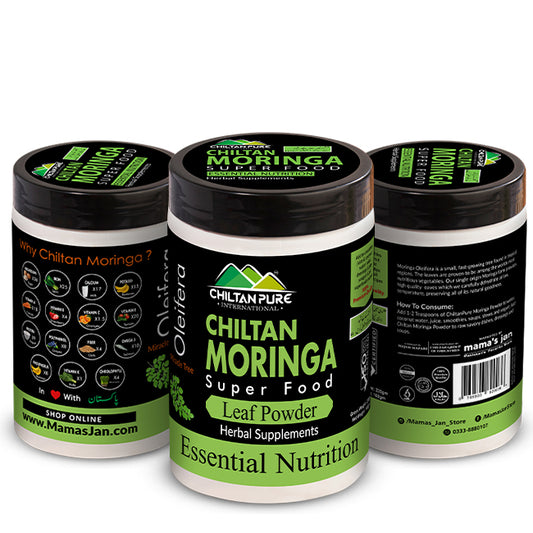
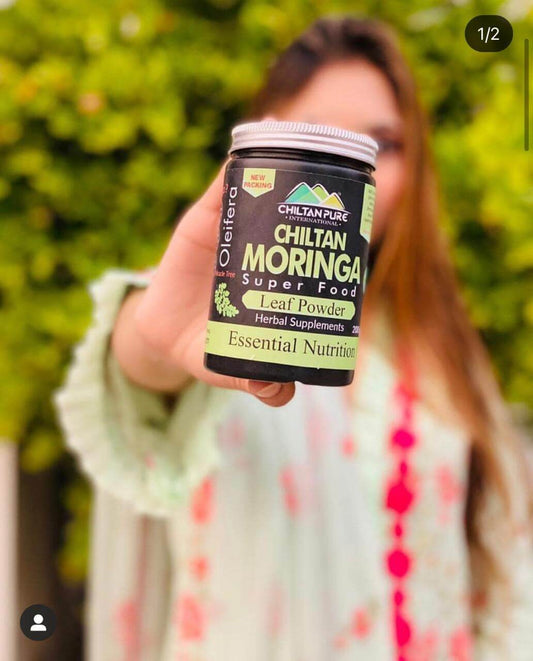
![Chia Seeds – Make Skin Glow, High in Fiber, Protein & Aid in Weight Loss [تخم میکسیکو]](http://mamasjan.com/cdn/shop/files/Chia-seeds-wb_1_533x.jpg?v=1739000274)
![Chia Seeds – Make Skin Glow, High in Fiber, Protein & Aid in Weight Loss [تخم میکسیکو]](http://mamasjan.com/cdn/shop/files/ChiaSeeds1_533x.jpg?v=1739000274)


![Red Onion Oil 🧅 Reduces Hair Fall & Accelerates Hair Regrowth [پیاز کا تیل].. Trending.... 🔥](http://mamasjan.com/cdn/shop/files/Onion-Oil_533x.jpg?v=1707234402)
![Red Onion Oil 🧅 Reduces Hair Fall & Accelerates Hair Regrowth [پیاز کا تیل].. Trending.... 🔥](http://mamasjan.com/cdn/shop/files/shampoo-oil-4_3a0058c6-20d2-4f79-8050-19cf717015ac_533x.jpg?v=1708103599)









